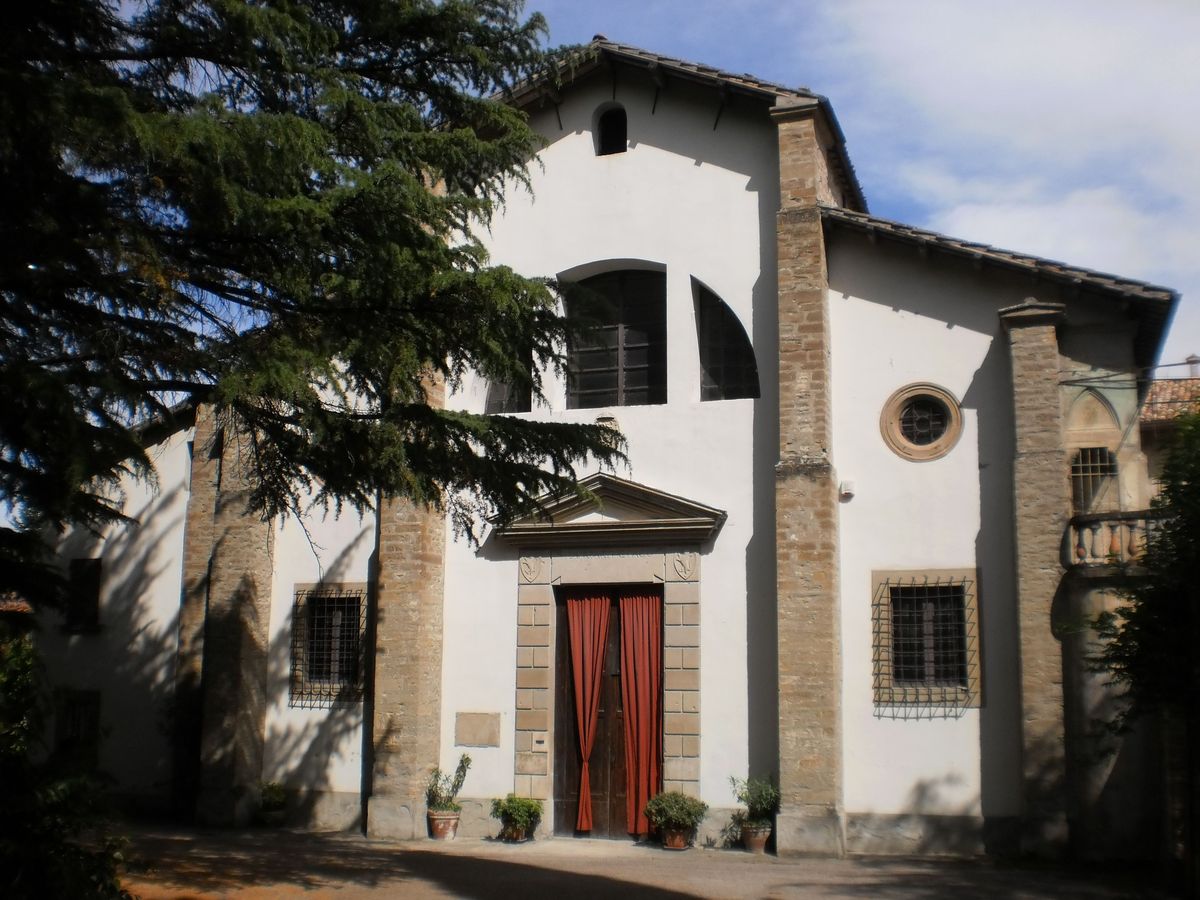-
DestinationRomagna
-
ProvinceForlì-Cesena
-
Distance from CapitalForlì 20 km - Cesena 32 km
-
Index
Dovadola is a small town situated in the Montone Valley. It seems that the name of this medieval village, populated by Celts and Romans, stems from the Latin word “duo vadora”, meaning two fords. Traces of Gallic colonization have in fact come to light thanks to the discovery of a burial ground of warriors. Its historical centre, which is dominated by the fortress erected by the Guidi Counts around the 12th century (La Roccaccia), is also situated on a bend of the river which is crossed by the main road at the entrance and exit of the village.
At the beginning of the XII century the citadel belonged to the archbishops of Ravenna.
Then it became property of the Counts Guidi of Modigliana at the end of 1100, after this family, the Ordelaffi (1334) and again the Guidi exercised lordship over the town until 1405, when the Florentines took over. In 1467 even Bartolomeo Colleoni arrived in this area with his troops, thanks to which he conquered the fortress and set it on fire. The town still has the old Florentine village between the river bed and the Fortress built by the Guidi.
Indice
Do not miss
Not to be missed is also a visit to the Hermitage Montepaolo, erected close to the grotto where Saint Anthony of Padua stopped to pray in 1221. There is also a museum and the sarcophagus containing the remains of the venerable Benedetta Bianchi Porro preserved in the Romanesque Abbey of Sant’Andrea, which was built in the 11th century on the site of a former abbey founded by the Cluniac monks.

Abbazia di Sant'Andrea
The Fortress of Dovadola, strategically positioned at the edge of the town along State Road 67 Forlì - Florence, dominates the scenery for both those arriving from the valley and those approaching from upstream.
Built on ancient Lombard outposts, the present structure dates back to the 13th century, with later additions in the 15th century. Oriented perpendicular to the valley, it strategically controlled the road that connected Romagna to Tuscany, serving as a natural barrage.
The Church of the Santissima Annunziata dates back to the 14th century and was administered by Dominican friars. The present building, with a single nave, preserves a beautifully crafted 14th-century wooden crucifix inside.
On the table
Dovadola preserves its identity as a rural town observing its local traditions such as tracking down and preparing the highly acclaimed white truffle which has been celebrated with a festival for over 50 years.
Nearby
About 7 km from the town, on top of the hill of the same name, is the Hermitage Sanctuary of Monte Paolo where, in the small Franciscan Convent, St. Anthony of Padua stayed for more than a year (1121/1122).
At that time, the Hermitage was set in a different landscape than it is today, which landslides have completely broken up over the centuries.
The friars' dwelling was located on the high ground a few hundred meters south of the present shrine. The "Grotto" (which popular tradition indicates as the Saint's refuge for isolation and prayer), on the other hand, is located further down, a few hundred meters to the west, reachable on foot via the "Path of Hope." Also notable is the modern and contemporary artistic endowment within the church (entirely frescoed and rebuilt in neo-Gothic style in the early decades of the 20th century). In the year 2000, a path furnished with mosaics recalling the crucial stages of the Saint's life was created in the vicinity of the Hermitage.